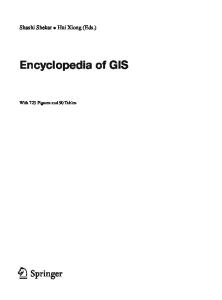Linguistic Ethnography
- PDF / 123,979 Bytes
- 13 Pages / 439.37 x 663.307 pts Page_size
- 40 Downloads / 574 Views
LINGUISTIC ETHNOGRAPHY
INTRODUCTION
As a term designating a particular configuration of interests within the broader field of socio- and applied linguistics, ‘linguistic ethnography’ (LE) is a theoretical and methodological development orientating towards particular, established traditions but defining itself in the new intellectual climate of late modernity and post-structuralism. The debate about ‘what is’ and ‘what is not’ distinctive to an understanding of linguistic ethnography is current and the term linguistic ethnography itself is in its infancy. On the one hand it positions itself very much alongside anthropological traditions to the study of language, such as the ethnography of communication (Hymes, 1968, 1972) and interactional sociolinguistics (IS) (Gumperz, 1972, 1982), while on the other hand, it claims a distinctiveness by keeping the door open to wider interpretive approaches from within anthropology, applied linguistics and sociology. Linguistic ethnography typically takes a poststructuralist orientation by critiquing essentialist accounts of social life. In conjoining the two terms ‘linguistic’ and ‘ethnography’ it aligns itself with a particular epistemological view of language in social context. In a recently published discussion paper on linguistic ethnography, its general orientation is described as follows: Linguistic ethnography generally holds that language and social life are mutually shaping, and that close analysis of situated language use can provide both fundamental and distinctive insights into the mechanisms and dynamics of social and cultural production in everyday activity. (Rampton et al., 2004, p. 2) The discussion sets out an epistemological position which has much in common with contemporary sociolinguistics more generally—an interest in the interplay between language and the social, the patterned and dynamic nature of this interplay and the processual nature of meaning-creation in the making of context. E A R LY D E V E L O P M E N T S A N D M A J O R CONTRIBUTIONS
Linguistic ethnography (LE) has been shaped by major developments in linguistic anthropology (LA) in the mid-twentieth century in the K. A. King and N. H. Hornberger (eds), Encyclopedia of Language and Education, 2nd Edition, Volume 10: Research Methods in Language and Education, 229–241. #2008 Springer Science+Business Media LLC.
230
ANGELA CREESE
USA. Particular strands of LA which have influenced linguistic ethnography are the ethnography of communication (Hymes, 1968, 1974, 1980), interactional sociolinguistics (Gumperz, 1982, 1999) and microethnography (Erickson, 1990, 1996). These traditions have of course been shaped themselves by a mélange of theoretical and methodological traditions. However, they also share a genealogy in seminal publications appearing in shared volumes and in sharing a critical mass of scholars working in particular locations (see Hornberger, 1995, 2003 for a fuller account). In the following section, I outline these traditions in brief and show their relevance to researchers in the UK
Data Loading...











